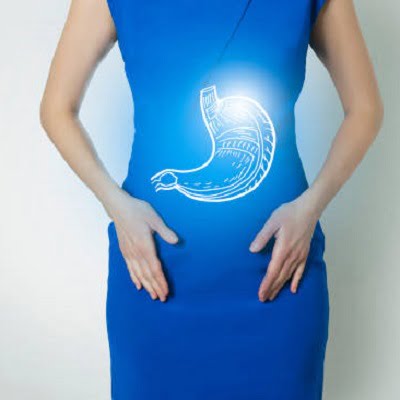
Bariatric surgery alters how people eat. This surgery changes the size of the stomach, and therefore the digestive tract, for a given period, either reversible or not. The patient has to know the stages of eating after surgery as the main factor of success.
Such stages often include liquid, mechanical soft, and textured foods. For this reason, each phase enables the stomach lining to recover and adapt to new types of food and their textures.
Phases of Eating After Bariatric Surgery:
This surgery typically progresses through four distinct phases: liquid diet, puree diet, soft diet, and solid foods.
Phase 1: Liquid Diet:
All patients in the study began a liquid diet after surgery. This phase consists of some types of clear liquids, such as soup, water, sugar-free jelly, and a protein shake. These liquids offer fluid and protein while letting the stomach lining recover. By so doing, patients are gradually exposed to thicker fluids such as strained soups and milk during the phase.
Phase 2: Pureed Diet:
People can start consuming small portions of pureed foods when the patient feels better, and the stomach is healing. This phase aims at soft foods, such as well-cooked vegetables, thin probed meats, and pieces of cottage cheese. Soft, blended foods guarantee patient nourishment while allowing the stomach to rest from heavy foods. During this phase, one must ensure appropriate protein consumption so that body muscles do not waste away as they recover from the illness.
Phase 3: Soft Diet:
After that, there is the soft dieting stage, whereby soft foods that are easy to metabolize are taken. Examples include cooked vegetables, tender meat, and fruits preserved in tins. The foods in this phase should also be low in fat and sugar to enhance digestion, especially if the client is exercising to lose weight lose . The patient remains interested in thoroughly manipulating the food in their mouth to avoid irritation while eating it and enhance digestion.
Phase 4: Solid Foods:
The last stage is the gradual introduction of solid foods. The diet is consumed gradually over a specific period. The patient slowly changed to everyday textured foods, such as foods rich in lean proteins, whole grains, fruits, and vegetables. It is important to take time and chew the food well so that it does not get stuck at this stage of the digestion process. The patient should take balanced diet and prevent taking foods which are high in calorie but low in nutrient content.
Tips for Adapting to New Eating Patterns:
The changes in eating habits after the bariatric surgery are on portion ratio and frequent water intake.
- This includes restricting serving size, using smaller plates, and chewing food thoroughly to avoid overconsumption and digestive effects.
- Consuming food slowly and in a relaxed manner is crucial. This allows the stomach to pass foam, which tells the brain that you have eaten enough.
- Staying hydrated by taking water in between meals and avoiding intake of sugary or carbonated beverages equally helps in the loss of weight.
Potential Challenges:
Some of the problems that may develop after bariatric surgery include food allergies and psychological problems with diet compliance. Simple foods may be difficult to break down or may lead to digestive problems, leading to intolerances.
The insignificant results may be due to a lack of specific trigger foods to increase inflammation while avoiding them and maintaining a balanced diet.
Cost of Bariatric Surgery in Islamabad:
The approximate cost of bariatric surgery in Islamabad may range from PKR 400,000 to PKR 800,000 or slightly more. Bariatric surgery costs in Islamabad varies with various factors.
- The specific procedure selected, such as gastric sleeve or gastric bypass.
- The surgeon and hospital credentials
- The extent of the surgery involved
- The additional costs may include pre-operative tests, hospitalization, and follow-up care.
Book a Consultation at SKN Cosmetics!
The first step towards improving one’s standard of living through bariatric surgery is to visit SKN Cosmetics for a consultation. For an appointment, you can click on the button below or contact the number provided. In the consultation process, the surgeon will review your medical record, assess your fitness, and explain the process.



